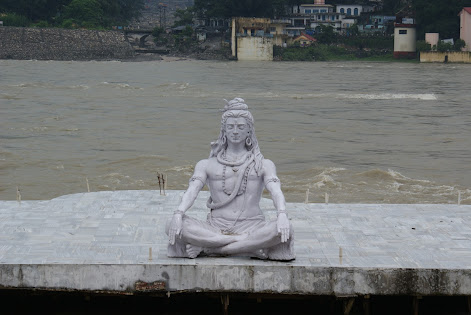Embarking on a journey to the sacred Jyotirlinga temples across India is not just a spiritual odyssey but also an opportunity to marvel at the exquisite architecture, stunning sculptures, and artistic brilliance that adorns these divine abodes of Lord Shiva. Each Jyotirlinga temple stands as a testament to the unparalleled craftsmanship and rich cultural heritage of India, offering a glimpse into the country’s artistic legacy.
The architecture of the Jyotirlinga temples varies significantly, reflecting the diverse regional styles and historical periods in which they were built. From the soaring spires of Northern India to the intricately carved pillars of Southern temples, each edifice bears the mark of devotion and reverence of its craftsmen.
In the Northern region, the Kashi Vishwanath Jyotirlinga in Varanasi stands tall as an epitome of Hindu architecture. Its majestic spire, adorned with intricate sculptures and sacred motifs, captivates both devotees and connoisseurs of art. The temple’s walls depict mesmerizing scenes from Hindu mythology, narrating stories of gods and goddesses in a visual symphony of devotion.
Journeying to the South, the Ramanathaswamy Jyotirlinga in Rameshwaram enthralls visitors with its exquisite Dravidian style of architecture. The intricately carved gopurams (towering gateways) and mandapams (pillared halls) showcase the mastery of South Indian artisans. The temple’s sacred precincts are adorned with celestial beings and mythological tales, creating a divine ambiance that leaves visitors awe-struck.
In the Western region, the Somnath Jyotirlinga in Gir, Gujarat, stands majestically by the Arabian Sea, bearing testimony to the resilience of Indian craftsmanship. Having been rebuilt several times after facing invasions and natural calamities, the temple’s architectural fusion of Hindu and Islamic elements symbolizes the harmonious coexistence of cultures through time.
In the East, the Baidyanath Jyotirlinga in Deoghar, Jharkhand, exemplifies the Nagara style of temple architecture with its curvilinear spires and intricate motifs. The temple’s sanctum sanctorum houses the revered Jyotirlinga, where devotees offer their heartfelt prayers amid the soothing echoes of Vedic chants.
Moving to the heart of India, the Mahakaleshwar Jyotirlinga in Ujjain, Madhya Pradesh, boasts of an awe-inspiring shikhara (tower) that seems to touch the heavens. The temple’s intricate carvings depict the eternal cycle of creation, preservation, and destruction, symbolizing Lord Shiva’s cosmic dance of life.
As one traverses Maharashtra, the land of devotion and spirituality, the Bhimashankar Jyotirlinga offers a serene retreat amidst the Sahyadri hills. The temple’s architecture harmonizes with the natural beauty of the surroundings, providing seekers of divine blessings with a tranquil haven.
From the captivating Omkareshwar Jyotirlinga situated on an island in the Narmada River to the tranquil Nageshwar Jyotirlinga near the Arabian Sea, each temple is a treasure trove of artistry, telling timeless tales of devotion and spirituality.
The artistry found within the Jyotirlinga temples extends beyond the exteriors. Inside, exquisite sculptures and intricate designs adorn the walls, reflecting the deep devotion of the artisans who dedicated their talents to honor Lord Shiva. The sanctum sanctorum, housing the revered Jyotirlinga, radiates an aura of divinity, leaving pilgrims awe-inspired and spiritually awakened.
As one explores these sacred architectural wonders, they are transported to an era of artistic brilliance, where every stone, every carving, and every sculpture narrates a story of unwavering faith and reverence. The Jyotirlinga temples stand tall as a testament to India’s rich cultural heritage, captivating all with their artistic splendor and spiritual significance.
Immerse yourself in the divine aura and cultural opulence of these sacred Jyotirlinga temples, and witness the grandeur of India’s artistic legacy that continues to inspire and enchant the world.
Read more article on Explore the Legends and Myths Behind the 12 Jyotirlingas



Om namah shivay